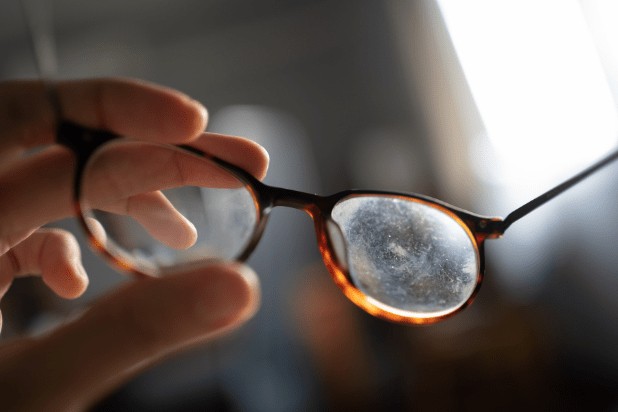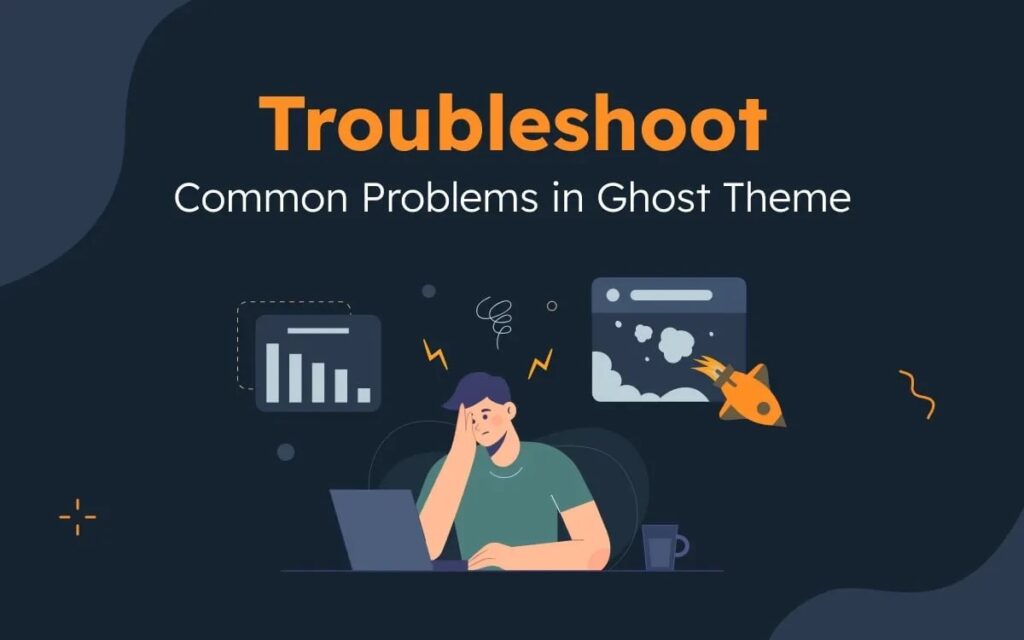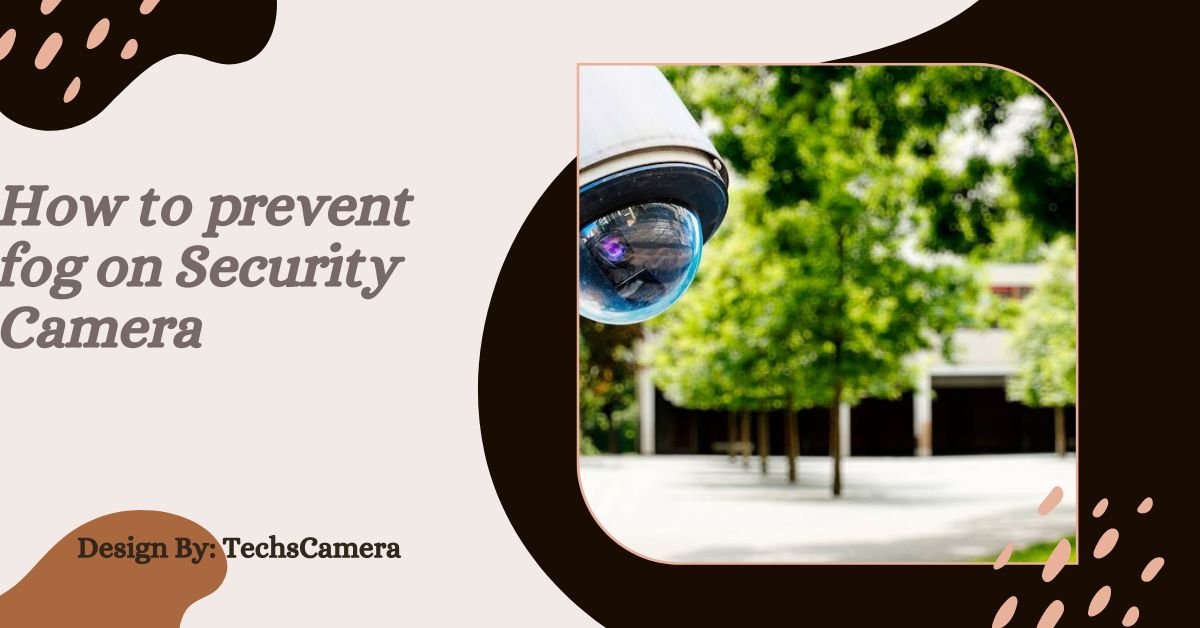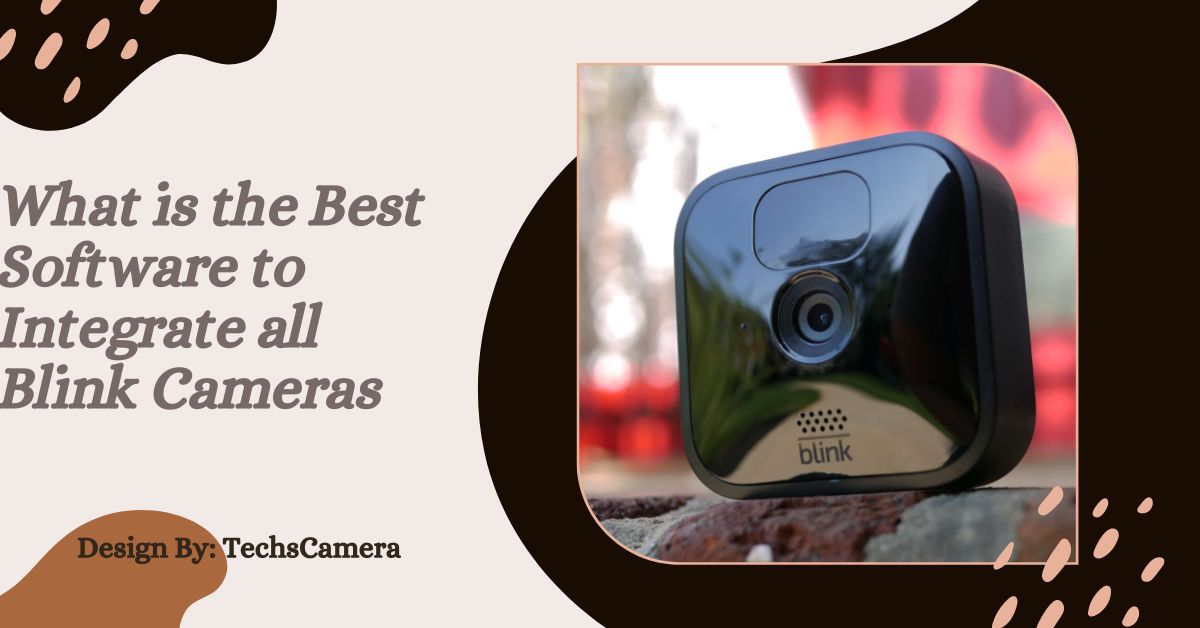Fog on security cameras is caused by condensation from temperature changes and humidity. Prevent it with anti-fog sprays, housings, silica packs, and cleaning.
Security cameras are crucial for maintaining safety and monitoring activities around homes and businesses. However, one common issue that can impede their effectiveness is fogging. Fog on the lens can obscure the view, making it difficult to capture clear footage.
This guide will provide you with practical solutions to prevent fog from forming on your security cameras, ensuring optimal performance and visibility.
Understanding Why Security Cameras Fog Up:
Before diving into prevention methods, it’s important to understand why fog forms on security cameras. Fogging typically occurs due to condensation, which happens when the camera lens is exposed to different temperatures. Common causes include:
- Temperature Fluctuations: Sudden changes between hot and cold temperatures can lead to condensation on the camera lens.
- Humidity: High humidity levels contribute to moisture build-up on the lens.
- Rain and Snow: Water droplets from rain or snow can cling to the lens and create a foggy effect.
Practical Tips to Prevent Fogging:

Use Anti-Fog Sprays or Gels:
Anti-fog sprays and gels are designed to prevent moisture build-up on surfaces. Apply a small amount to the camera lens and wipe it evenly with a microfiber cloth. This creates a thin, transparent layer that resists fogging.
- Tip: Reapply the spray or gel periodically, especially in areas with high humidity.
Install a Weatherproof Housing:
Weatherproof housings offer an additional layer of protection against environmental elements. They help regulate the temperature around the camera, reducing the chances of fog formation.
- Choose a housing with ventilation: Proper airflow helps minimize condensation.
- Opt for heated housings: Heated housings keep the camera at a consistent temperature, preventing fogging in colder climates.
Use Silica Gel Packs:
Silica gel packs are excellent at absorbing moisture. Place a few packs inside the camera housing or nearby to reduce humidity levels around the camera lens.
- Replace silica packs regularly: Once they become saturated, they lose their effectiveness.
Adjust the Camera Angle:
Positioning the camera at a slight downward angle can help prevent water droplets from clinging to the lens. This simple adjustment can reduce the likelihood of fogging caused by rain or snow.
Use a Lens Heater:
Lens heaters are specialized devices that can be attached to the camera. They maintain a constant temperature on the lens surface, preventing condensation and fogging, especially during cold weather.
- Integrated lens heaters: Some high-end security cameras come with built-in lens heaters. Consider upgrading if fogging is a persistent issue.
Apply a DIY Soap Solution:
A mixture of mild dish soap and water can be used as a cost-effective anti-fog solution. Apply a thin layer of the solution to the camera lens, then gently wipe it off. The remaining residue forms a barrier against moisture.
- Note: This method is not as long-lasting as commercial anti-fog products and may need frequent reapplication.
Additional Precautionary Measures:
Regular Cleaning and Maintenance:
Regularly clean your camera lens with a soft, microfiber cloth to remove dust and debris. For stubborn spots, use a lens cleaner designed for cameras. Clean lenses are less likely to accumulate moisture.
Install Cameras in Sheltered Locations:
If possible, install cameras in areas sheltered from direct exposure to rain, snow, and wind. Overhangs, eaves, and other covered areas provide natural protection against the elements.
Also read: Will Layfield Camera – A Detailed Guide!
Monitor Humidity Levels:
Use a hygrometer to monitor humidity levels around your security cameras. If humidity is consistently high, consider using a dehumidifier in the area to reduce moisture in the air.
Check for Leaks and Seals:
Inspect your camera housing for any cracks or gaps where moisture might enter. Ensure all seals and gaskets are intact and replace them if necessary.
Choosing the Right Security Camera:
When fogging is a recurring problem, it might be worth investing in cameras specifically designed to combat this issue. Here are some features to look for:
Cameras with Anti-Fog Technology:
Some cameras come with anti-fog coatings or treatments applied directly to the lens. These models are particularly useful in high-humidity or rapidly changing temperature environments.
IP66 or Higher Rated Cameras:
IP ratings indicate the level of protection a camera has against dust and water. Cameras with an IP66 or higher rating are better equipped to withstand adverse weather conditions, reducing the likelihood of fogging.
Cameras with Integrated Fans or Heaters:
Cameras designed for extreme weather conditions often include built-in fans or heaters. These features help maintain a stable internal temperature, preventing condensation from forming on the lens.
Troubleshooting Common Issues:

Persistent Fogging:
If fogging persists despite using the above methods, check for potential internal issues such as a compromised seal or a malfunctioning heater. Contact the camera manufacturer for support or consider consulting a professional installer.
Blurry or Distorted Footage:
If the camera lens becomes blurry or distorted after applying anti-fog solutions, clean the lens thoroughly with a lens cleaner. Reapply the anti-fog solution as directed, ensuring no excess residue remains on the lens.
FAQ’s:
1. Why do security cameras fog up?
Security cameras fog up due to condensation caused by temperature changes, high humidity, and exposure to rain or snow.
2. What is the best way to prevent fog on security cameras?
Using anti-fog sprays, weatherproof housings, and silica gel packs are effective methods to prevent fog on security cameras.
3. Can anti-fog sprays be used on all security cameras?
Yes, anti-fog sprays can be safely used on most security cameras, but they should be applied carefully according to the manufacturer’s instructions.
4. Do weatherproof housings help reduce camera fogging?
Yes, weatherproof housings protect cameras from environmental elements and help regulate temperature, reducing fogging.
5. How often should I clean my security camera to prevent fogging?
Regular cleaning, at least once a month, is recommended to keep the camera lens clear of dust and debris, reducing the likelihood of fogging.
Conclusion:
Fog on security cameras can significantly impact the quality of surveillance footage, but it is a preventable issue. By understanding the causes and implementing the right prevention methods, you can ensure clear visibility and optimal performance from your security system. Whether you’re using anti-fog sprays, adjusting camera angles, or choosing weatherproof housings, taking proactive steps will help you maintain the effectiveness of your security cameras in any weather condition.


